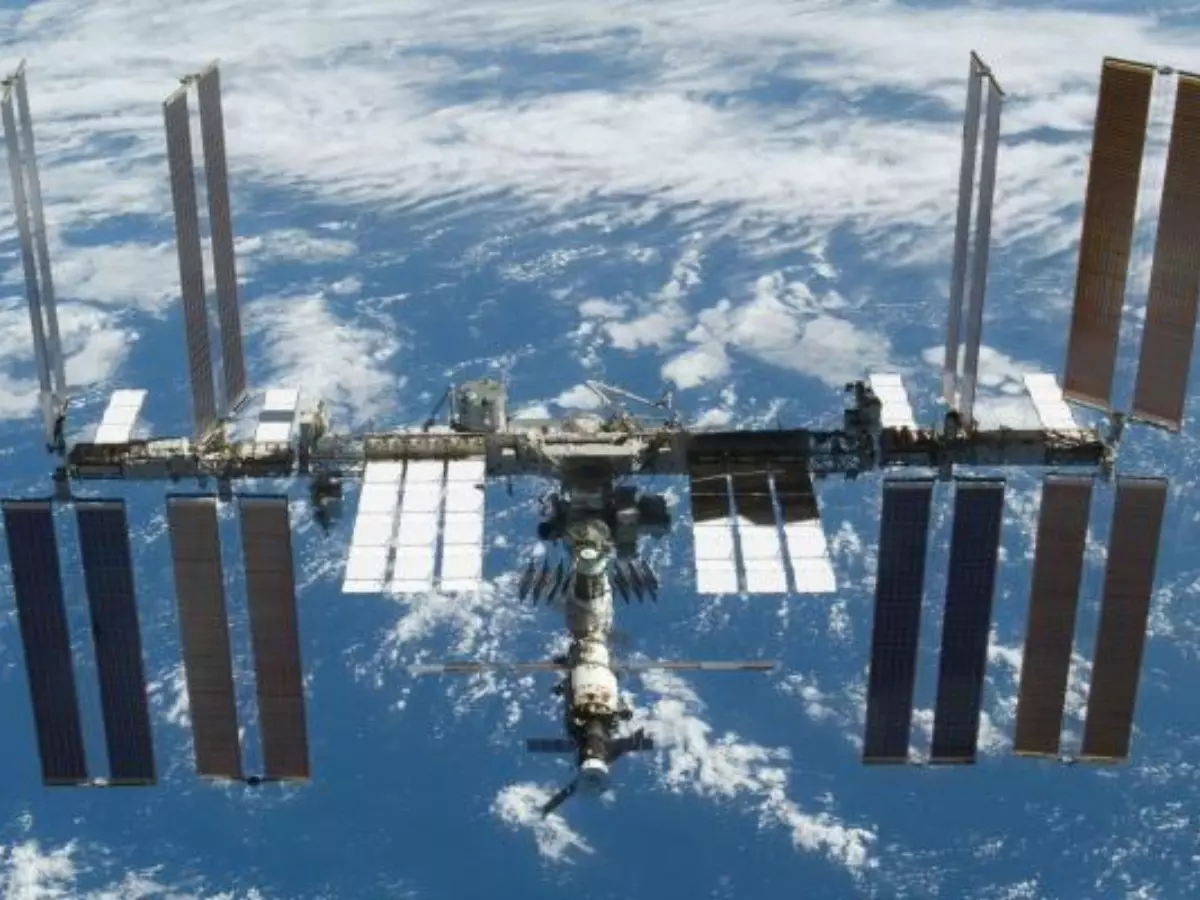Earth Bacteria Survived In Space For Years, Proving It Can Contaminate Mars
A new study on a type of bacteria that was able to survive outside of the International Space Station for three years now suggests that the microbe may be capable of interplanetary transfers. The research revolves around Deinococcus bacteria comically nicknamed Conan the Bacterium by scientists for its capacity to survive under extreme conditions. The experiment was designed to test the panspermia theory that suggests the possibility of microbes ...Read More

A new study on a type of bacteria that was able to survive outside of the International Space Station for three years now suggests that the microbe may be capable of interplanetary transfers.
 Reuters / Illustrative image
Reuters / Illustrative image
The research revolves around Deinococcus bacteria comically nicknamed ¡®Conan the Bacterium¡¯ by scientists for its capacity to survive under extreme conditions. The bacteria type has its name registered in the "Guinness Book of World Records" as the most radiant-resistant life form known to date.
A report on Science Mag explains that the bacteria is able to withstand doses of radiation ¡°up to 10,000 Grays.¡± Cells in the human body check out at 10 grays.
Earth bacteria survives space
 (Image: NASA)
(Image: NASA)
Now published in the journal Frontiers in Microbiology, the research was conducted through pellets of dried Deinococcus within aluminum plates. These pellets were placed in exposure panels outside of the international Space Station as part of the Japanese Tanpopo mission.
Conducted from 2015 to 2018, the experiment was designed to test the "panspermia" theory, that suggests the possibility of microbes passing from one planet to another. It utilized the Exposed Facility located outside Kibo, the Japanese Experimental Module of the ISS.
The pellets placed outside the ISS contained samples of various thickness of colonies of these bacteria. Data was collected from these after one, two and three years to see how the bacteria fared.
Life in space
 (Image: NASA)
(Image: NASA)
Scientists found that the survivability of the bacteria depended on the thickness of the bacteria colony. Those larger than 0.5 millimeters were able to survive partially with some damage to their DNA.The bacteria on the surface died while those in the layer beneath survived.
Meanwhile the Deinococcus bacteria samples studied inside the space station didn't survive as oxygen and moisture proved harmful to the bacteria.
Based on the findings, scientists estimate that bacteria pellets thicker than 0.5 millimeters could survive for anywhere between 15 and 45 years outside of the space station in low-Earth Orbit.
Deinococcus is known to form colonies larger than 1 millimeter. It is estimated that such colonies could survive for as long as eight years in outer space.
"Collectively, these results support the possibility of pellets as an ark for interplanetary transfer of microbes within several years," the study mentions.
A false positive
 Artist's render of NASA rover landing on Mars (Image: NASA)
Artist's render of NASA rover landing on Mars (Image: NASA)
As a result of these findings, study author Akihiko Yamagishi, also the principal investigator of the Tanpopo space mission, believes "it is very important to search for life on Mars before human missions to Mars" as mentioned in a CNN report.
This is because any such mission from Earth to other planets could possibly carry such microbes and contaminate the planet. To avoid any such biological contamination, US space agency NASA recently released two NASA Interim Directives (NIDs). While one focuses on the robotic and human missions to the Earth¡¯s Moon, the other is meant for future human missions to Mars.
